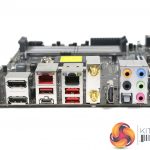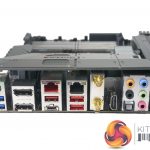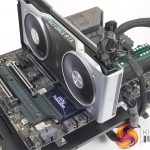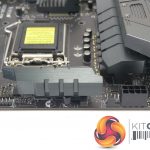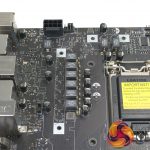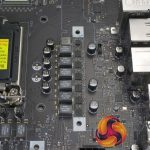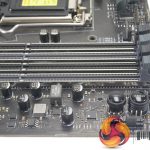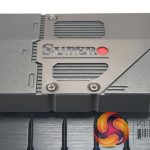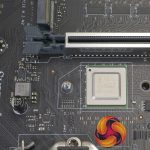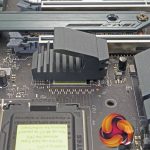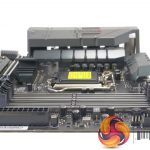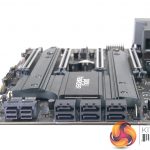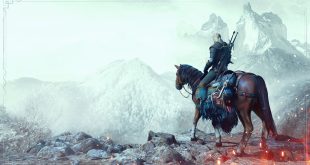We have previously reviewed the Mini-ITX C9Z390-CG-IW and found that its behaviour could be troublesome. This wasn’t much of a shock as we had a similar experience with its predecessor, the C7Z370-CG-IW. While we weren’t shocked to discover that SuperO works in its own unique way we were slightly disappointed as the C9X299-PG300 was a good piece of hardware that worked very effectively.
What we had previously found was that SuperO’s X299 board, which bears a passing resemblance to a Workstation motherboard, was good. By contrast a Mini-ITX Z370 gave us a hard time and the updated Mini-ITX Z390 still required some development work. We honestly did not know what to expect from this SuperO C9Z390-PGW as it looks like a larger version of the ITX Z390 while sharing a number of features of the X299 but you can rest assured we approached this review with optimism and a degree of confidence.
As you will see in our video these feelings were swiftly kicked into touch as the C9Z390-PGW throttles CPU performance by allowing an initial boost and then limiting power draw to 95W. After our previous experiences with SuperO we expected that behaviour and were not surprised however the work involved to unlock CPU performance and then overclocking took us to a whole new level of frustration.
We cover these points in our video and you will find the performance charts further into the review but before we get to that, let’s take a quick tour of the hardware and features.
The layout is dominated by the four graphics slots that are driven by the CPU and PLX chip. Between the two pairs of PCIe slots we have the M.2 slots for storage and there are chunky aluminium heat sinks on these parts that add a rugged aesthetic.
Our preference is for heat sinks that have a decent amount of more surface area, such as those used by Gigabyte on the Z390 Aorus Master.
Beneath those heat sinks SuperO has used an enhanced version of the Infineon Primarion VRMs we saw on the C9Z390-CG-IW but instead of 5+2 phases they have stepped up to a 6+2 power phase configuration.
The Vcore controller is an Infineon Primarion PXE1610 chip with 6x Infineon TDA21232 50A power stages and 6x VITEC PR72-151 chokes rated at 66A.
The DDR4 memory is powered by an Infineon TDA21240 40A stage.
Turning to the I/O panel we find an eclectic selection of ports and connectors that seem like a curious choice for a gaming motherboard. The PS/2 mouse/keyboard connector might be useful for extreme overclockers and we are fine with the 2x USB 3.1 Gen1, 3x USB 3.1 Gen2 type A and one type C however we are baffled by the inclusion of 2x DisplayPort and one HDMI output.
The Wi-Fi connectors and audio take up a certain amount of space but it seems to us that it would be simple to clean up the I/O panel and add more USB. In particular we value USB 2.0 as there are times that peripherals work more reliably with an older, slower connection.
There are three mid-board headers that each support USB 2.0, USB 3.1 Gen1 and USB 3.1 Gen2 so that is potentially five extra connections (two each of Type A and one Type C). It would be unfair to say the SuperO C9Z390-PGW lacks connections but we would welcome some changes as that would make this motherboard better suited to the enthusiast gamer.
 KitGuru KitGuru.net – Tech News | Hardware News | Hardware Reviews | IOS | Mobile | Gaming | Graphics Cards
KitGuru KitGuru.net – Tech News | Hardware News | Hardware Reviews | IOS | Mobile | Gaming | Graphics Cards


